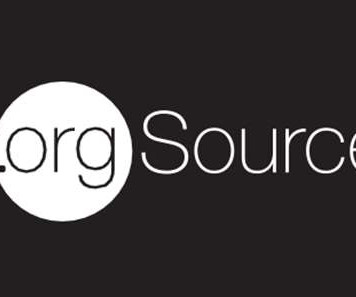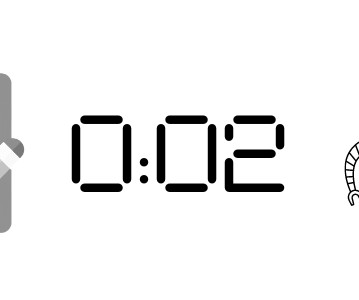Still Confused About AI, Learn the Facts A-Bot Us!
.orgSource
APRIL 29, 2024
Most of those instructions are dedicated to understanding what you type and translating it into a format the system can process. AI creates context in much the same way as a human brain establishes meaning. AI creates context in much the same way as a human brain establishes meaning. There are issues of accuracy.

















Let's personalize your content